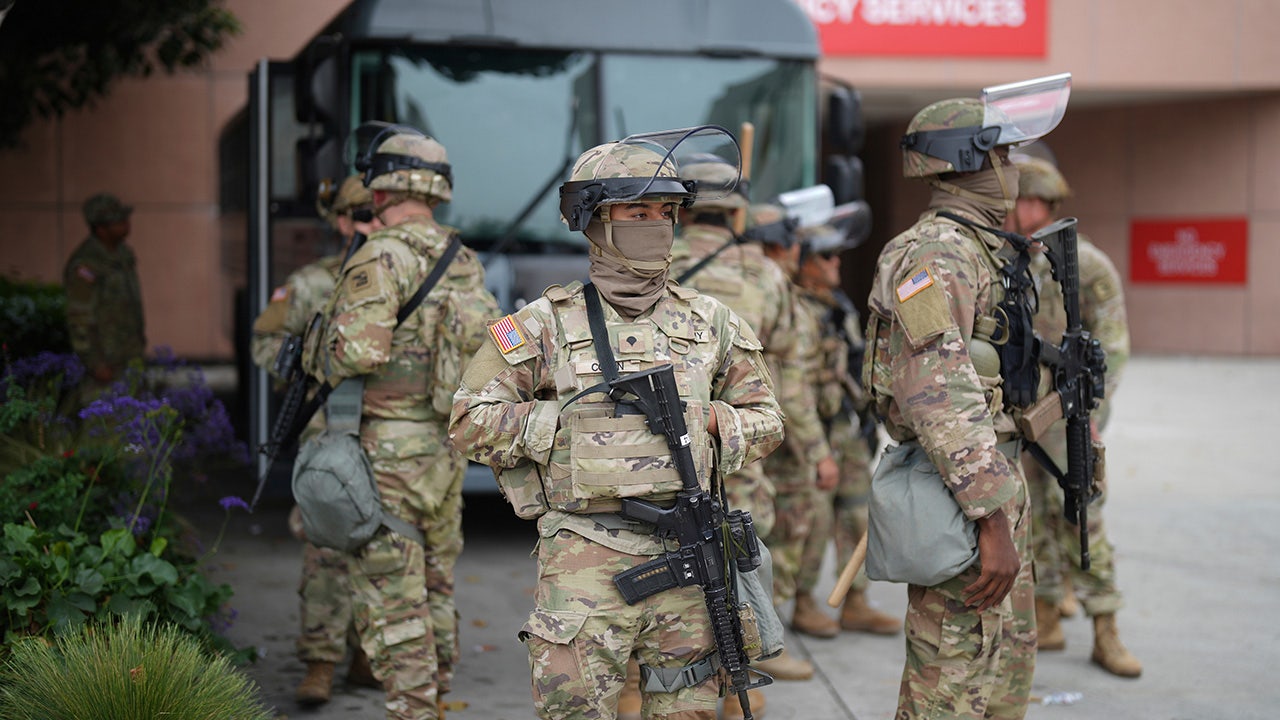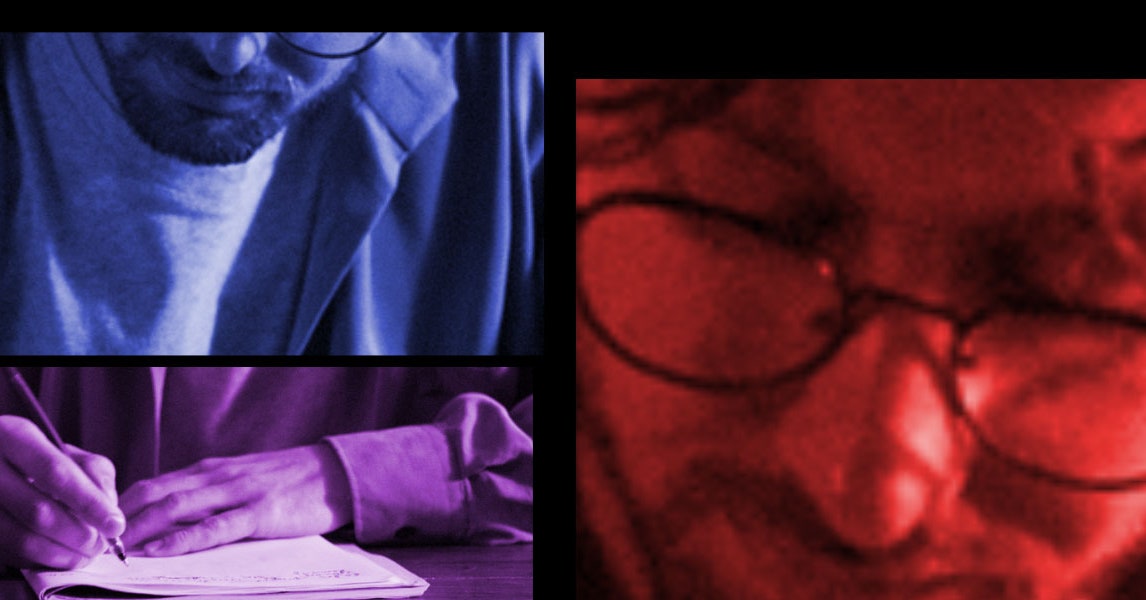Final month, reporter Anna Clark and I hosted an in-person picture gallery and group dialogue about what motivated us to inform tales of Flint, Michigan, residents 10 years after the beginning of the water disaster and to speak about how we work to know the communities we serve. As a visible fellow at ProPublica, I’m targeted on documenting the lives of individuals in our tales by way of images. All through historical past, images has been a strong device for recording moments in time, offering visible proof and evoking feelings that urge us to know experiences outdoors of our personal. Listed below are ideas for aspiring visible storytellers who could discover themselves in related conditions.
Ask “Why Does This Story Should be Informed?”
Anna and I beforehand labored in Flint in numerous capacities: I interned as a photojournalist on the Flint Journal; Anna wrote a e book, “The Poisoned Metropolis: Flint’s Water and the American City Tragedy.” To us, Flint is not only a information story, it’s a posh place filled with actual individuals who have been and proceed to be denied ample sources and help. We wished the general public to know that generations of Flint residents nonetheless dwell with bodily and psychological challenges. By sharing what Flint residents suppose accountability would appear like, we have been in a position to present what number of really feel betrayed by the failure to carry anybody criminally accountable. Additionally they stay annoyed by how lengthy it’s taking to repair the native water system and the lingering psychological wounds that will by no means be repaired.
The picture essay gave a glimpse into the expertise of three residents and the way their present-day issues, fears and choices are formed by the water disaster. Over about 4 months, I made frequent visits to Flint — stopping by nonprofits, church buildings, after-school packages and different locations which can be a part of on a regular basis life. I spoke with extremely form individuals. Some wished to assist me; others have been hesitant, normally as a result of they wished to maneuver on or felt issues would by no means change. Robert McCathern, Teagan Medlin and Jacquinne Reynolds granted me quite a lot of belief. They have been in a position to open up and make themselves susceptible due to their dedication to cultivating change for future generations. I attempted to characterize that by way of the setting within the images.
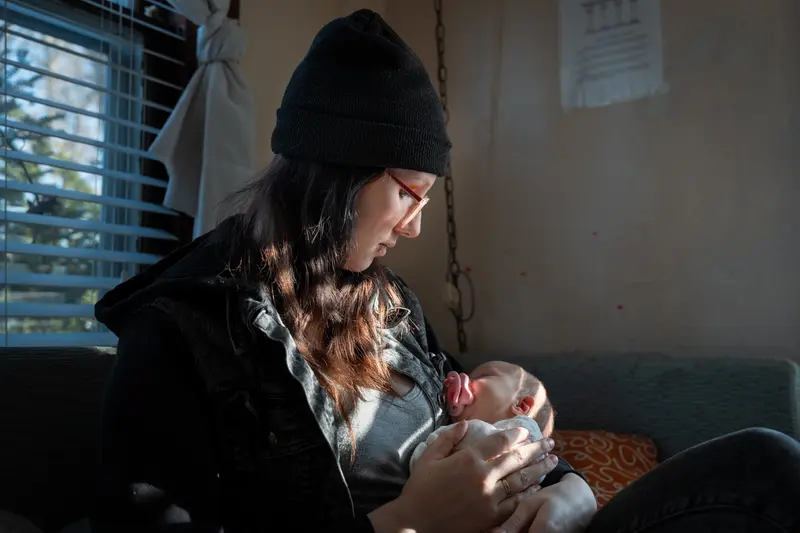
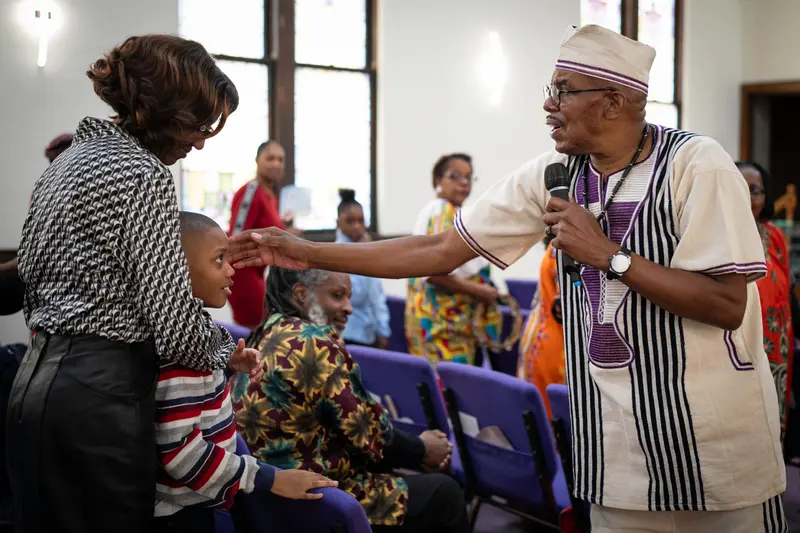
Be Honest With Your Strategy
Throughout the dialogue on the visible storytelling occasion at Totem Books in Flint, we requested residents to ponder what sort of tales resonate with them most, what questions they want somebody would ask them and who’s one individual they want to interview. We found a standard thread of eager to really feel extra linked as neighbors and fellow human beings.
Then we flipped the train to problem ourselves as journalists and obtain questions from residents. “Why Flint?” one participant requested us. We advised her how we’d come to admire the neighborhood and wished to current a multidimensional view of it to readers. “One thing about this place appears to get in individuals’s blood,” the participant advised us, and it does appear that for a metropolis of its measurement, Flint has attracted a disproportionate variety of storytellers — even earlier than the water disaster. And but, some residents nonetheless marvel: What has modified? Over the previous decade, Flint residents have been within the public eye not by alternative, however because of a catastrophe created and extended by public officers. So what does that imply for us and our accountability as storytellers?
Being within the enterprise of transparency requires us to even be clear with the communities we doc. With out transparency, it’s laborious to construct mutual belief, particularly in communities which have confronted betrayal and have had little management over how their tales are shared with the world.
Throughout the early phases of the mission, earlier than lifting my digital camera to make any photographs, I listened to Flint residents and discovered about their tales, then let what they advised me naturally information the photographs I made. Early on, I additionally careworn that I imagine their tales are vital to share as a result of individuals outdoors of Flint ought to know that for a lot of Flint residents, the disaster continues to be not over.
I additionally ought to observe that our tales undergo many layers of revisions and fact-checking. From starting to finish, I attempted to speak how the mission was creating and made positive that our sources have been conscious of how the story could be framed, how they’d be portrayed and the way they’d be quoted. As soon as the story was printed, I adopted as much as gauge how they have been feeling, and later made them conscious that images of them would seem at our galley in Flint.
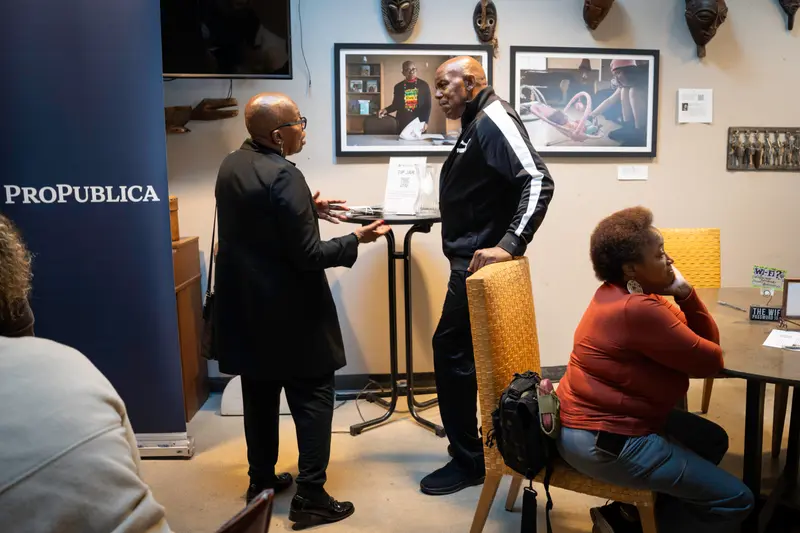
Credit score:
Rocio Ortega/ProPublica
Search for Connection and Perception
The fantastic thing about visible storytelling is that the story can at all times change form. Let go of any assumptions and let the story lead you the place it might. Anna and I discovered a lot by taking this method.
We discovered that, after a decade, many residents are nonetheless ready for the change they need to see. The flood of the sources and a spotlight Flint initially obtained has dwindled. However one of many causes I wished to revisit this story is due to the individuals I’ve met and can proceed to fulfill. The town has launched me to individuals who care deeply about their neighborhood and embrace each other with generosity, care and compassion. And I discovered a couple of host of native packages, from the Flint Rx Children program that gives monetary help for moms to the McKenzie Patrice Croom Flint Group Water Lab, which trains youth to offer again and offers free water testing. Though communities like Flint shouldn’t must be resilient, we will be taught from their empathy, advocacy and help for each other throughout laborious instances. My job is to make images, however an enormous a part of the achievement I get is from making connections.
We closed out our occasion in Flint by making images of attendees that they might have as keepsakes. One girl, who advised me she had just lately been displaced from her dwelling, mentioned she was going to e-mail the photographs of herself to her grandchildren who dwell in one other state. It jogged my memory that images are invaluable in lots of sides of our lives. They preserve us linked.


